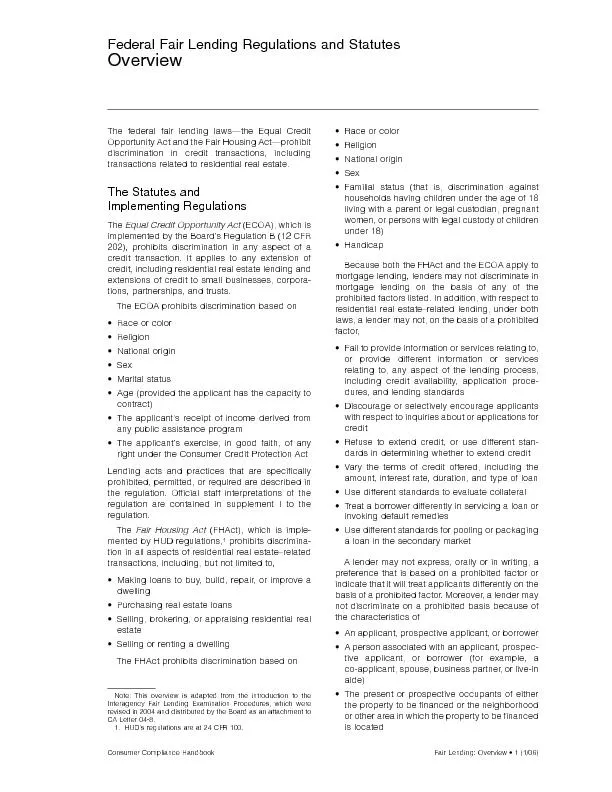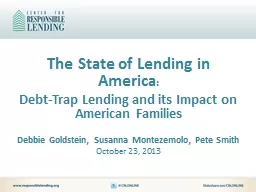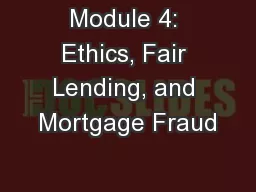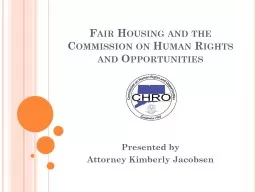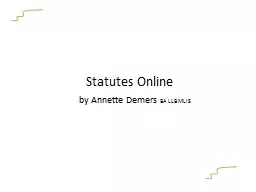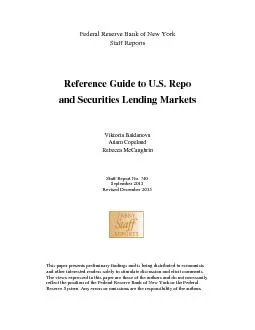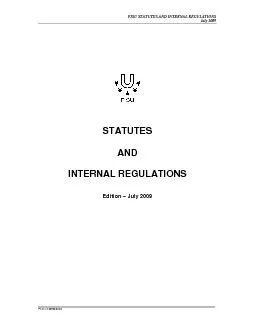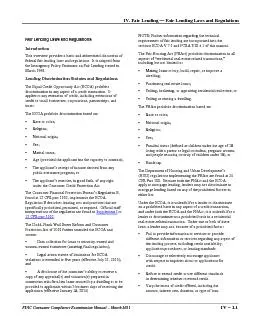PDF-Federal fair lending regulations and statutes overview
Author : natalia-silvester | Published Date : 2017-04-12
128 Race or color 128 Religion 128 National origin 128 Sex 128 Marital status 128 Age provided the applicant has the 128 Making loans to buy build repair or impro
Presentation Embed Code
Download Presentation
Download Presentation The PPT/PDF document "Federal fair lending regulations and sta..." is the property of its rightful owner. Permission is granted to download and print the materials on this website for personal, non-commercial use only, and to display it on your personal computer provided you do not modify the materials and that you retain all copyright notices contained in the materials. By downloading content from our website, you accept the terms of this agreement.
Federal fair lending regulations and statutes overview: Transcript
Download Rules Of Document
"Federal fair lending regulations and statutes overview"The content belongs to its owner. You may download and print it for personal use, without modification, and keep all copyright notices. By downloading, you agree to these terms.
Related Documents

